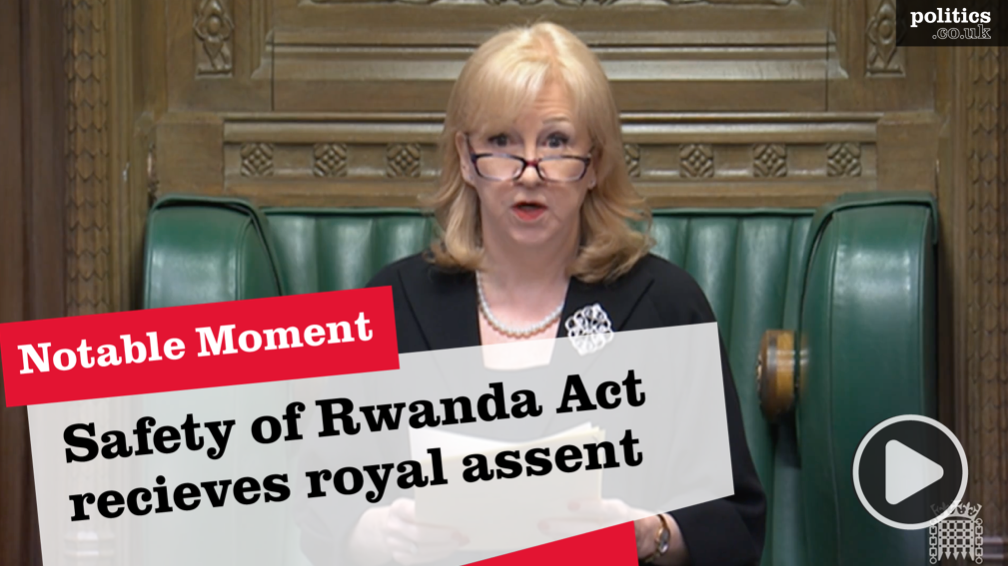How the legal highs ban proved disastrous in Ireland
One of the things the British government failed to do when it wrote up the psychoactive substance bill was check how things had worked out in two other countries which had tried it: Poland and Ireland. Quite possibly that was because officials knew that if they did so – especially in any official capacity – it would show how utterly counterproductive it would be.
As the Reitox Poland report from 2013 shows, the country's number of 'legal high related poisonings' dropped temporarily after the ban, but within three years it was above pre-ban levels.
A European Commission survey into drug use among member states similarly shows how ineffective Ireland's ban has been. While the law did manage to close high street head shops – that really is the least you can expect – actual use of the drugs increased from 16% in 2011 to 22% in 2014. Use among young people was the highest in the EU, at 13%. Thirty-four per cent of young people said it was 'easy' to get the drugs.
Why is this happening? Because getting rid of the head shops is a completely superficial solution. It addresses the public evidence of a problem but it drives the industry underground, where street dealers and websites take up supply. If this sounds familiar, it's because it's the exact mistake this country made with the Misuse of Drugs Act. Half a century has passed and we haven't learnt a single lesson.


This pattern of buying is evident from survey results across Europe. Of those who bought the drugs over the year before the survey, 68% got them from a friend, 27% from a drug dealer and three per cent from the internet. Just ten per cent had used a head shop.
A recent BBC report on Ireland's ban found the legal highs ban had had almost no effect. Synthetic cannabis – which is far more dangerous than the real thing – was being openly traded in some towns for about £10 a gram. One estate they visited had the empty packets of the drugs scattered all over the place. A resident told them:
"It is an epidemic, that's what it is. The legislation doesn't seem to be working here. The availability of it seems to be endless. It's as easily got now as cigarettes."
Drug policy is like a balloon with air in it. You can squeeze one part, and another bit will expand in response. This happens with trade routes – you close down one, another grows in its place. It is the reason legal highs exploded in the first place – you clamp down on prohibited drugs, people will find another way of getting the same effect.
And now it is happening with legal highs themselves. You close the head shops and the trade moves to the dealers and the dark web. That's because you can change anything about drug policy except the demand. People want to take drugs. Stop them doing it one way, they will do it another way. For the time being that will mostly be through street dealers, but increasingly it will be through the internet.
The European Monitoring Centre for Drugs and Drug Addiction (EMCDDA) recognised this some time ago and warned national governments that the trade would pose "major challenges” to law enforcement. As its annual report said:
"Evidence is now emerging of so-called grey marketplaces – online sites selling new psychoactive substances which operate on both the surface and the deep web. The deep web is part of the internet that is not accessible using standard search engines. There, drug sales can take place within marketplaces, within decentralised networks and between individuals."
Even if new avenues of purchase were not available, the legislation in Ireland has proved exactly as difficult to use for prosecutions as people suspect it will be in the UK. That's because demonstrating pharmacological causation in psychoactive substances is almost impossible, unless you’re going to get a human guinea pig to take it. Consequently, there have only been four successful prosecutions in five years.
As one drug squad officer told the BBC:
"Unfortunately a prosecution cannot be taken. There are problems. It's not perfect legislation. We are relying on scientists to assist us with these prosecutions and, unfortunately, they haven't been able to provide the evidence to us."
Police scientists just aren't able to prove a substance is technically psychoactive. Just saying – as the UK psychoactive substances bill does – that a substance triggers a change in emotions or thought is not enough, because so many substances we do not wish to target satisfy this definition. Saying it has a substantial effect, as the Irish legislation does, is no better, because the causal chain remains highly problematic and anyway, a quantitative measurement of the effect is only possible on the basis of a person's individual weight and metabolism. You can, as some chemists suggest, try to distinguish between 'brain' and 'mind', which probably speaks to a distinction between personal emotion and pharmacological causation better than any other system, but doing so turns judges into borderline philosophers. Basically, whichever way you look at it – you can't make it work.
All of which helps explain why the law against legal highs has been so disastrously counter-productive in the countries in which it has been used. But unfortunately it does nothing to stop the Home Office making the same old mistakes all over again.












